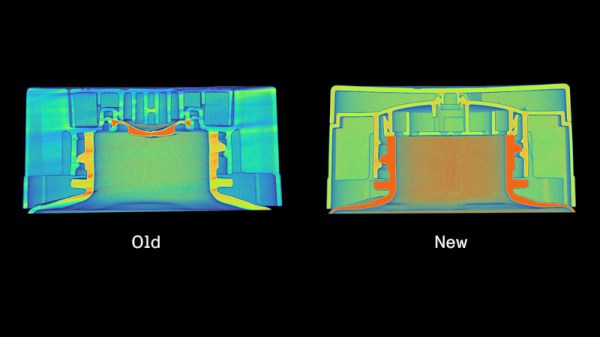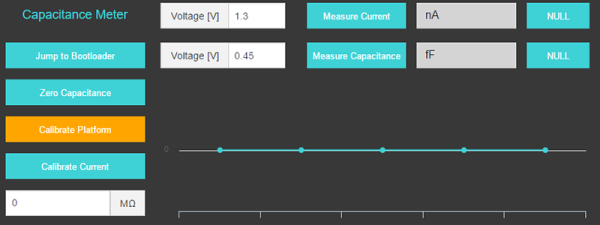Ketchup bottles are a solved technology, right? Wrong! As it turns out, there is still great development being done in this space. Industrial imaging company Lumafield reveals to us the secrets of Heinz’s new ketchup bottle cap, reportedly the result of a seven-figure investment and eight long years of toil.
Lumafield put the cap in a CT scanner to generate three-dimensional cutaway images of the cap’s internal structure. The trick of the new cap is in how it compares to the old design. The previous solution used multiple different plastics: likely polypropylene for the cap itself, along with a small amount of silicone for the flexible nozzle valve. The point of the valve was to regulate the flow of ketchup so the bottle squirts out the red goop in a predictable fashion.
The problem with the old cap is that the use of two materials both makes it more expensive to manufacture, and practically impossible to recycle. A solution was needed, and Heinz finally found one.
The new cap, which is fully recyclable, takes advantage of the properties of ketchup itself. As the ketchup is squeezed out of the bottle, it passes through a complicated array of channels before it gets to the nozzle outlet itself. As a sheer-thinning fluid, ketchup gets less viscous the more its under strain. Thus, as it deforms around the complex channels, it becomes less viscous and more likely to flow out at a predictable rate, rather than in thick gloopy spurts.
It’s amazing to think how much work goes into a simple ketchup cap, and yet, millions of dollars are on the line in projects like these. This isn’t the first time Lumafield used their tech to peel back the layers on a piece of common tech — last year we covered their investigation into what’s inside various AirPod knockoffs.


















